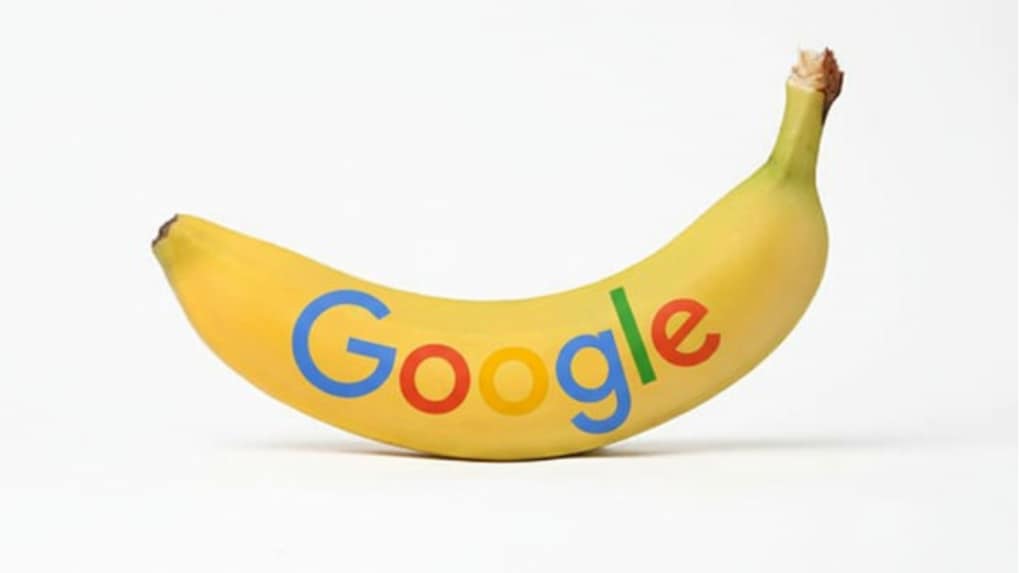Digital
Why OpenAI is hiring 100 ex-bankers: Inside the ChatGPT-maker's secret project to automate Wall Street's grunt work

Google’s viral ‘Nano Banana’ AI model — the engine behind the latest 3D figure trend — has become one of the most widely used image-generation tools online. But with the craze for creating lifelike toy-style portraits sweeping social media, Google has now adjusted its rules on how many images users can produce each day.
The Nano Banana model, powered by Gemini 2.5 Flash Image, enables users to turn simple photographs into 3D miniatures resembling collectible figurines. The tool retains fine details, adds realistic textures, and applies intricate effects using only natural language prompts.
As demand has surged, Google has rolled out new image-generation quotas that apply to both free and paid users of Gemini and Google AI Studio. The company has not disclosed exact figures publicly, but the revised policy introduces daily caps designed to manage server load while keeping the service widely accessible. Paid users receive higher limits, along with additional tokens for complex or repeated prompts.
The Nano Banana phenomenon has quickly become a cultural moment, particularly on Instagram and TikTok, where users showcase their AI-generated “mini-sculptures” in toy-like packaging and cinematic displays. Unlike earlier AI trends, this one has gained traction for its artistic presentation and hyper-real 3D quality, making the creations appear as though they were lifted straight from a shop shelf.
Google’s move to tighten quotas suggests the company is balancing popularity with infrastructure demands, while still keeping its flagship image model available to casual creators and professionals alike.
In a wide-ranging interview with Storyboard18, Sorrell delivers his frankest assessment yet of how the deal will redefine creativity, media, and talent across markets.